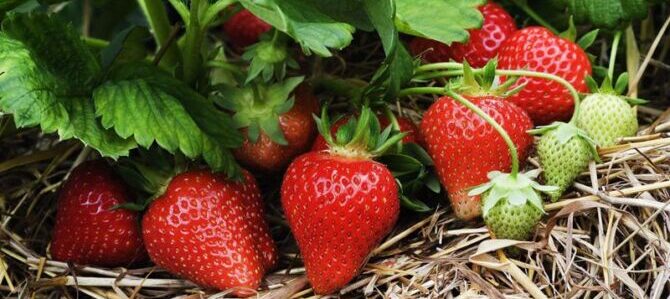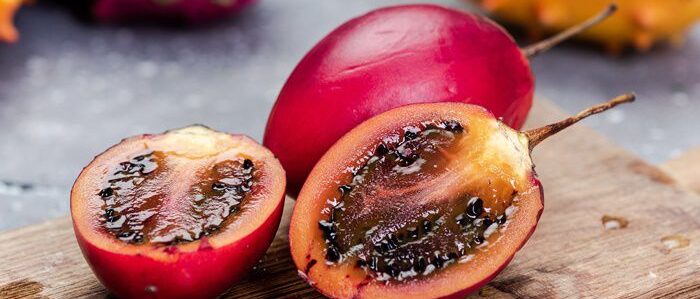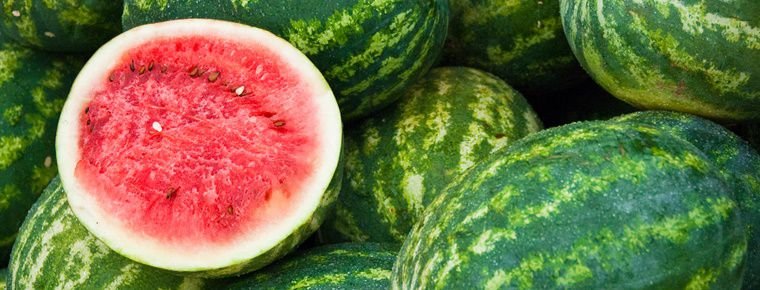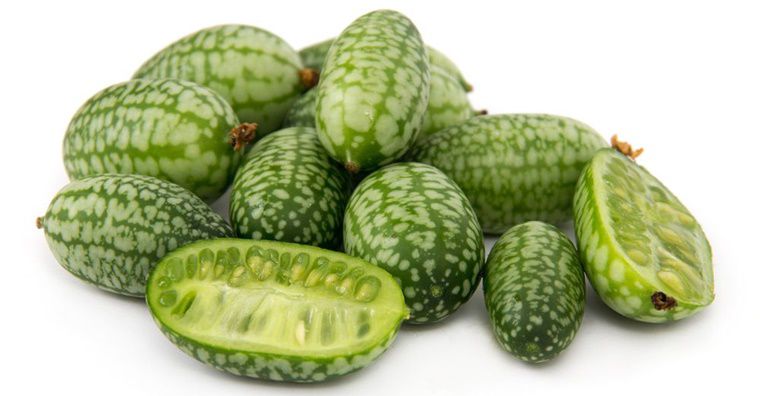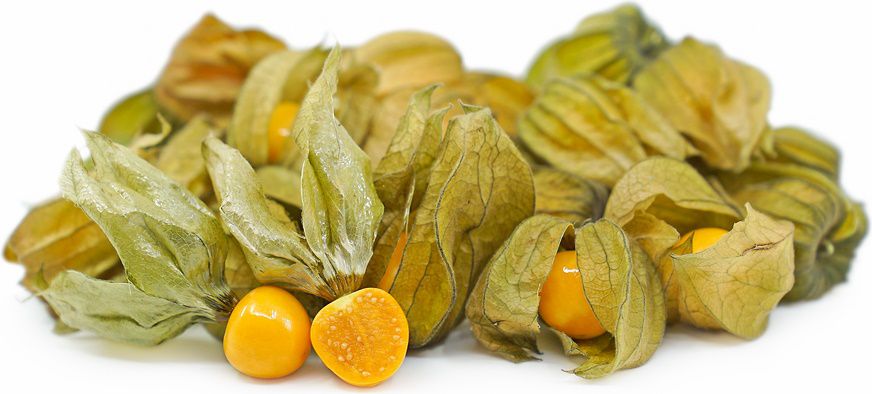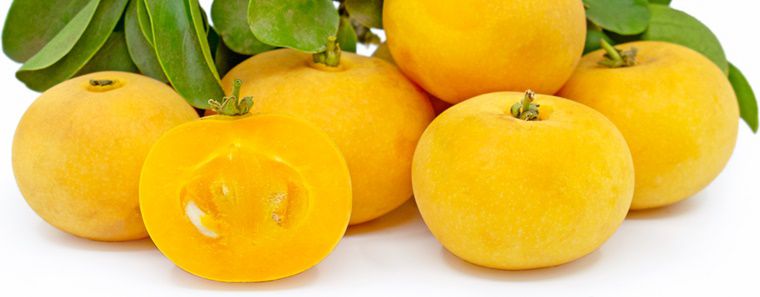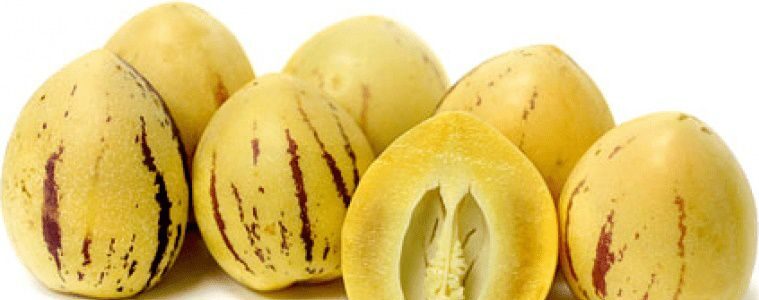Fruits
Growing Strawberries
Growing Strawberries is easy and it is an ideal fruit crop for the home garden as they do not require much space and produce good yields. They also grow well in containers. Botanically, the “fruit” of the strawberry is the enlarged receptacle of the flower. The visible “seeds” that dot the surface of the strawberry actually are achenes. An achene is a type of dry fruit borne by some plants in nature where the ripened ovary contains but a single seed.
- Spring-bearing (Known as June-bearing in the Northern Hemisphere)
- Ever-bearing
- Day Neutral
Growing Strawberries from Seed
Indoor Sowing: Cold Stratification and then transplant seedlings in Spring.
Direct Sowing: Winter.
- Strawberry Seeds need to be stratified to encourage germination. Simply wrap your seeds, put them in an airtight container, and place them in a freezer. This simulates winter conditions, and the warming period lets the seed know it is time to come to life.
- After keeping the strawberry seeds below freezing for two to four weeks, remove the seeds from the freezer. Leave them in the jar or container as they gradually warm up to room temperature.
- Once your strawberry seeds are at room temperature they are ready to be planted. A good mix for starting strawberry seeds is 3 parts peat to 1 part organic-rich soil.
- Spread this out in your seed tray to a depth of about one half of an inch.
- Moisten the mixture with water until it is uniformly damp.
- Sprinkle your strawberry seeds over the damp mixture and then cover the seeds with a very thin dusting of peat moss.
- Ensure that the strawberry seeds are not completely covered and are exposed to light.
- Keep them indoors in a well-lighted room and in direct sunlight, if possible.
- In two to three weeks, the strawberry seeds should germinate.
- If the strawberry seeds sprout too close to each other, thin them when they are between 1 and 2 inches tall, keeping the biggest and most vigorous seedlings.
- Gently transfer the strawberry seedlings to larger containers or pots after they gain their 3rd leaves.
- Strawberries prefer a slightly acid to neutral soil (pH 6–7).
Maintaining Strawberry Plants
- Keep strawberry beds mulched to reduce water needs and prevent weeds.
- Moisture is very important to strawberries due to their shallow roots, so water the plants regularly.
- Fertilize with all-purpose granules for strong growth.
- As strawberries grow, they send out runners. If you’re treating strawberries as annuals, you typically pinch off the runners so that the plants can concentrate their energy on fruit development. If you’re treating strawberries as perennials, you can let the runners grow and develop into daughter plants.
- Remove the first flush of blossoms to discourage young strawberry plants from fruiting. This will encourage the development of healthy roots instead.
- In warm weather, berries ripen about 30 days after blossoms are fertilized.
- Cover the plants with bird netting as soon as the strawberries begin to ripen, to prevent birds from eating all the fruit.
- When growing strawberries, you will notice that some cultivars send out runners. If you’re treating strawberries as annuals, you typically pinch off the runners so that the plants can concentrate their energy on fruit development. If you’re treating strawberries as perennials, you can let the runners grow and develop into daughter plants.
- In autumn and again in early spring, top-dress established plants with rich compost or an organic fertiliser.
Disclaimer
Medicinal Information:
All medicinal information on this website is for educational and informational purposes only and may not be construed as medical advice. The information is not intended to replace medical advice or treatment offered by healthcare professionals.
Seeds, Plants, Plant Cuttings, Geophytes and Dried Herbs:
In some countries and provinces, certain plants are deemed as invasive and are not allowed to be planted at all, whilst some plants are allowed to be grown only in certain areas or provinces. The onus is on you as the buyer to familiarize yourself with the regulations pertaining to your location, before purchasing any of our seeds, plants, plant cuttings, geophytes or dried herbs. We will not be held liable, should you purchase any seeds, plants, plant cuttings, geophytes or dried herbs. from us which are prohibited in your country or province.

